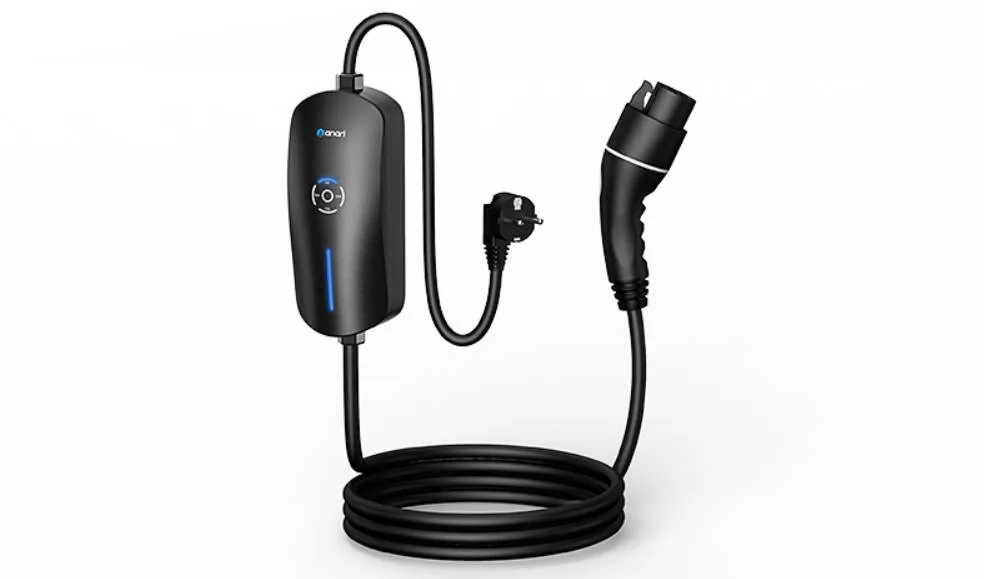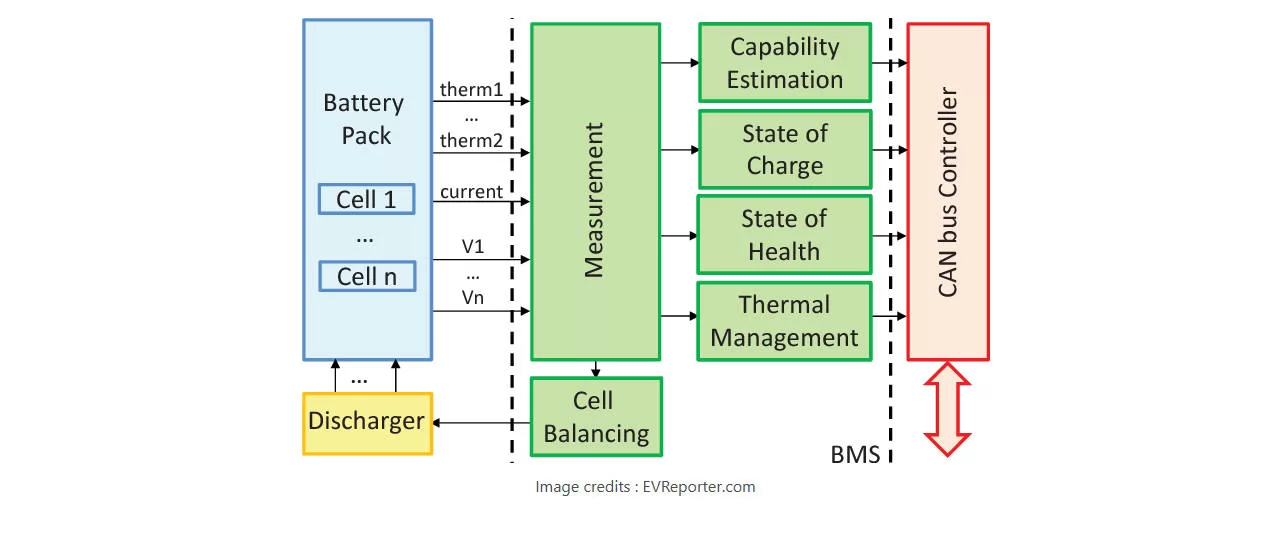
A portable AC EV charger is a compact, mobile device designed to charge electric vehicles (EVs) using alternating current (AC) power from standard electrical outlets or other compatible power sources. Unlike fixed charging stations, portable AC chargers offer flexibility, allowing EV owners to charge their vehicles at home, work, or on the go, provided a suitable power source is available. These chargers are typically Level 1 or Level 2 chargers, which connect to 120V (Level 1) or 240V (Level 2) outlets and use a standard EV connector, such as the SAE J1772 (Type 1) or Type 2, depending on the region and vehicle.
A portable AC EV charger is a compact, mobile device designed to charge electric vehicles (EVs) using alternating current (AC) from standard electrical outlets or compatible power sources. These chargers are lightweight and portable, typically weighing between 5 and 20 pounds, and often come with a carry bag for easy transport. They are compatible with most EVs through standard connectors, such as J1772 in North America or Type 2 in Europe, though Tesla vehicles may require an adapter. Portable AC EV chargers operate at two power levels: Level 1, which uses a 120V household outlet to deliver 1.4–2.4 kW, adding about 4–5 miles of range per hour, making it suitable for overnight charging or emergencies but relatively slow; and Level 2, which uses a 240V outlet (like those for dryers or ovens) to deliver 3.7–11.5 kW, providing 15–45 miles of range per hour, offering faster and more practical charging for regular use. Safety is ensured through built-in Electric Vehicle Supply Equipment (EVSE), which regulates power flow, prevents overheating, and maintains safe charging conditions. Additionally, some models feature adjustable settings, allowing users to modify amperage (e.g., 16A or 32A) to match the outlet’s capacity or the vehicle’s requirements.

Portable AC EV chargers supply AC power from a power source to the vehicle’s onboard charger, which converts the AC to direct current (DC) to charge the battery. The process involves:

Features:
Supports up to 10,000 charging cycles for long-term reliability.
Compatible with almost all EVs on the market, using standard connectors (e.g., J1772 for North America, Type 2 for Europe; Tesla adapter may be required).
Easy installation with a 5-meter cable and a clear LCD display for monitoring charging status.
Built with durable PC + ABS housing and IP55 protection, ensuring suitability for all weather conditions.
Includes RFID-based authorization for secure access.
Comes with 2-year coverage for peace of mind.
Specifications:
Level 2 charging, typically 240V, with adjustable amperage (e.g., 16–32A).
Power output ranges from 3.7–7.4 kW, adding approximately 15–30 miles of range per hour.
Use Case: Ideal for home, travel, or workplace charging, offering robust weather resistance and user-friendly features like RFID security and an LCD display. For more details, visit Anari Energy.
Features:
Adjustable amperage (16–48A) for flexible charging speeds.
Supports 240V outlets, delivering 3.7–11.5 kW.
Compatible with Type 2 or J1772 connectors (Tesla adapter may be required).
Compact design with a carry bag for portability.
Specifications:
Adds approximately 15–45 miles of range per hour, depending on settings.
Includes safety features like overvoltage and short-circuit protection.
Use Case: Suitable for EV owners needing a versatile charger for home or travel, with adjustable settings to match various outlet capacities.
Features:
Level 2 charger operating at 240V with a J1772 connector.
Compact and lightweight, designed for easy transport.
User-friendly interface with basic status indicators.
Specifications:
Delivers up to 7.4 kW, adding about 25–30 miles of range per hour.
Built-in EVSE for safe and reliable charging.
Use Case: Perfect for home or travel, offering a simple, plug-and-play solution for EV owners without fixed charging infrastructure.
Features:
Operates at 240V with 16A, delivering 2200W (2.2 kW) output.
Equipped with a Type 2 connector for broad EV compatibility.
Portable design for on-the-go charging.
Specifications:
Adds up to 20 km (12 miles) of range per hour.
Suitable for emergency or supplementary charging.
Use Case: Best for short-term charging needs, such as road trips or areas with limited charging stations, providing a lightweight and convenient option.
Portable AC EV chargers are a practical solution for EV owners seeking flexibility and convenience, especially in areas with limited charging infrastructure. They are ideal for daily charging at home or as a backup for travel, though they are slower than DC fast chargers. By understanding your vehicle’s needs and the available power sources, you can effectively use a portable AC charger to keep your EV powered and ready.
For more details on specific models or pricing, check retailers like Anari (www.anariev.com)
Read more:
Step-by-Step Guide: How to Install an Electric Car Charging Station







